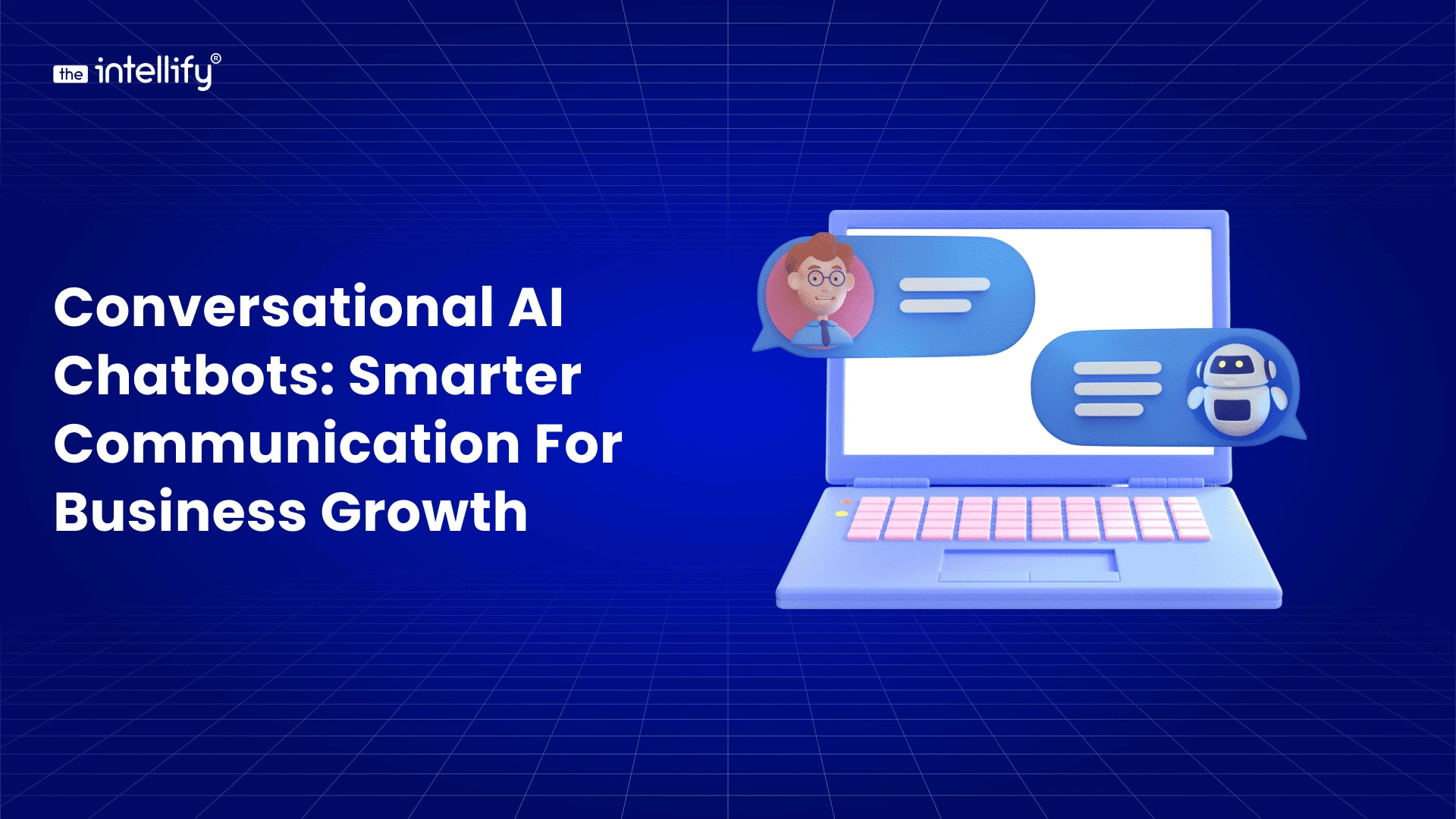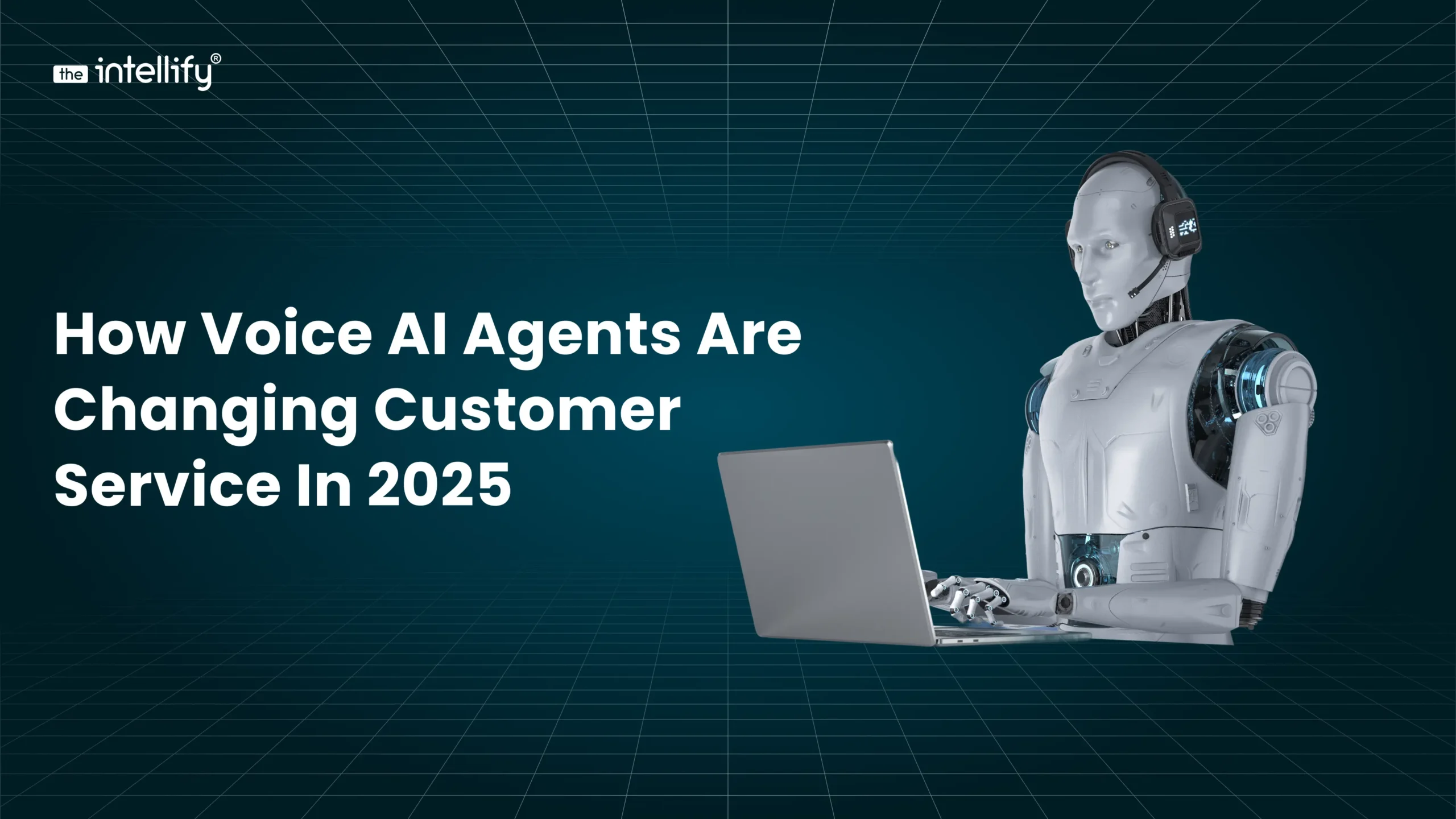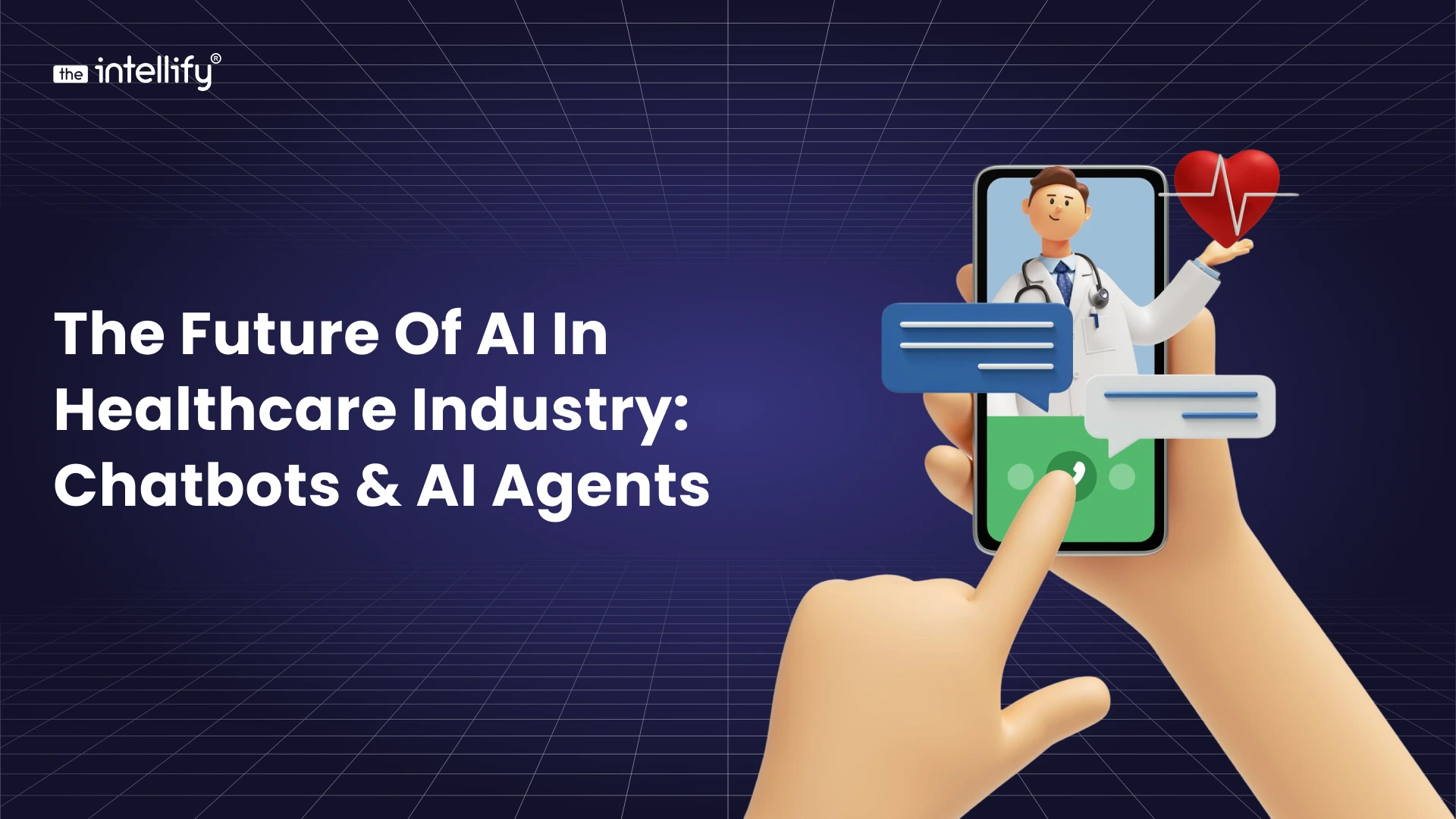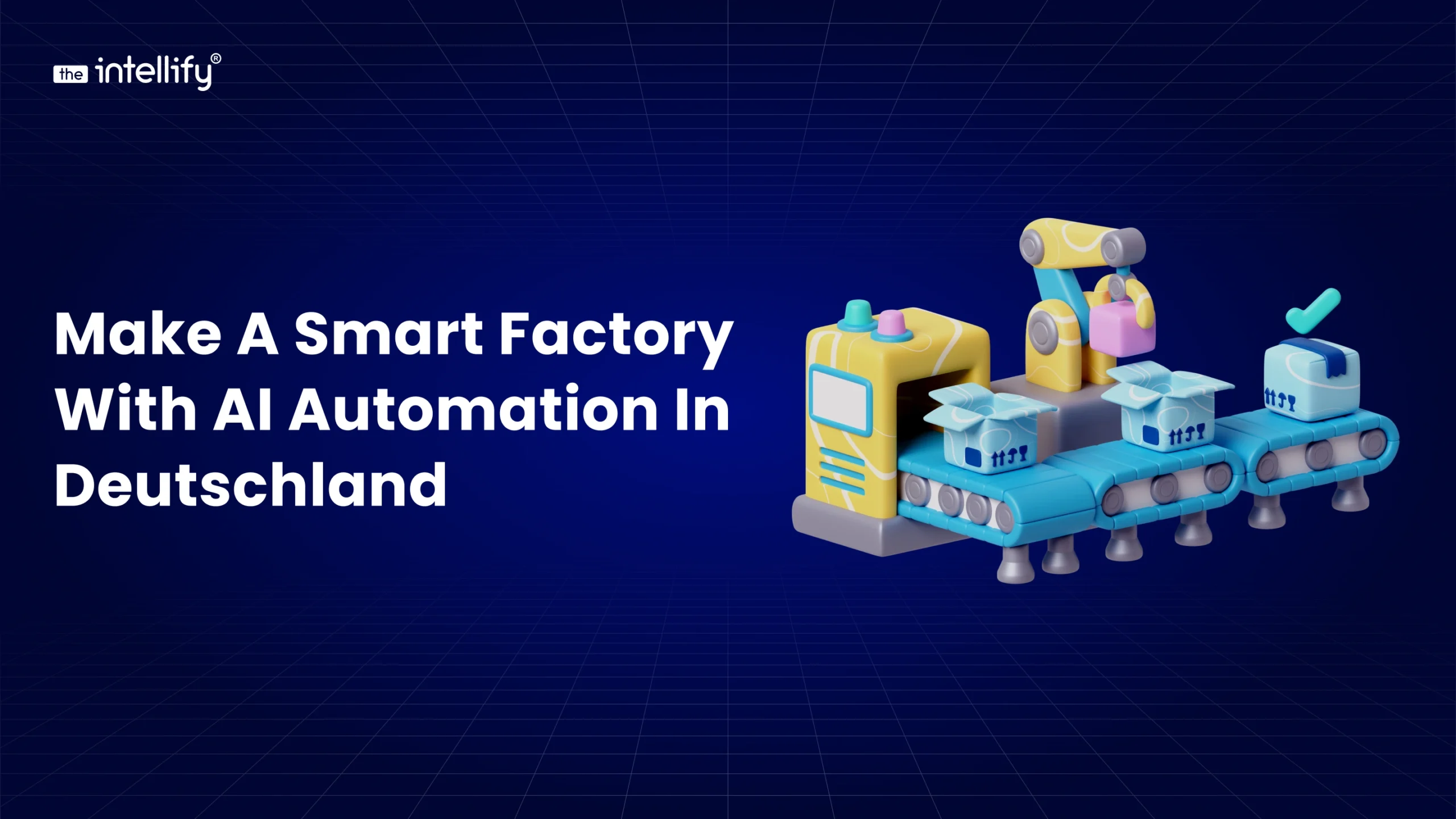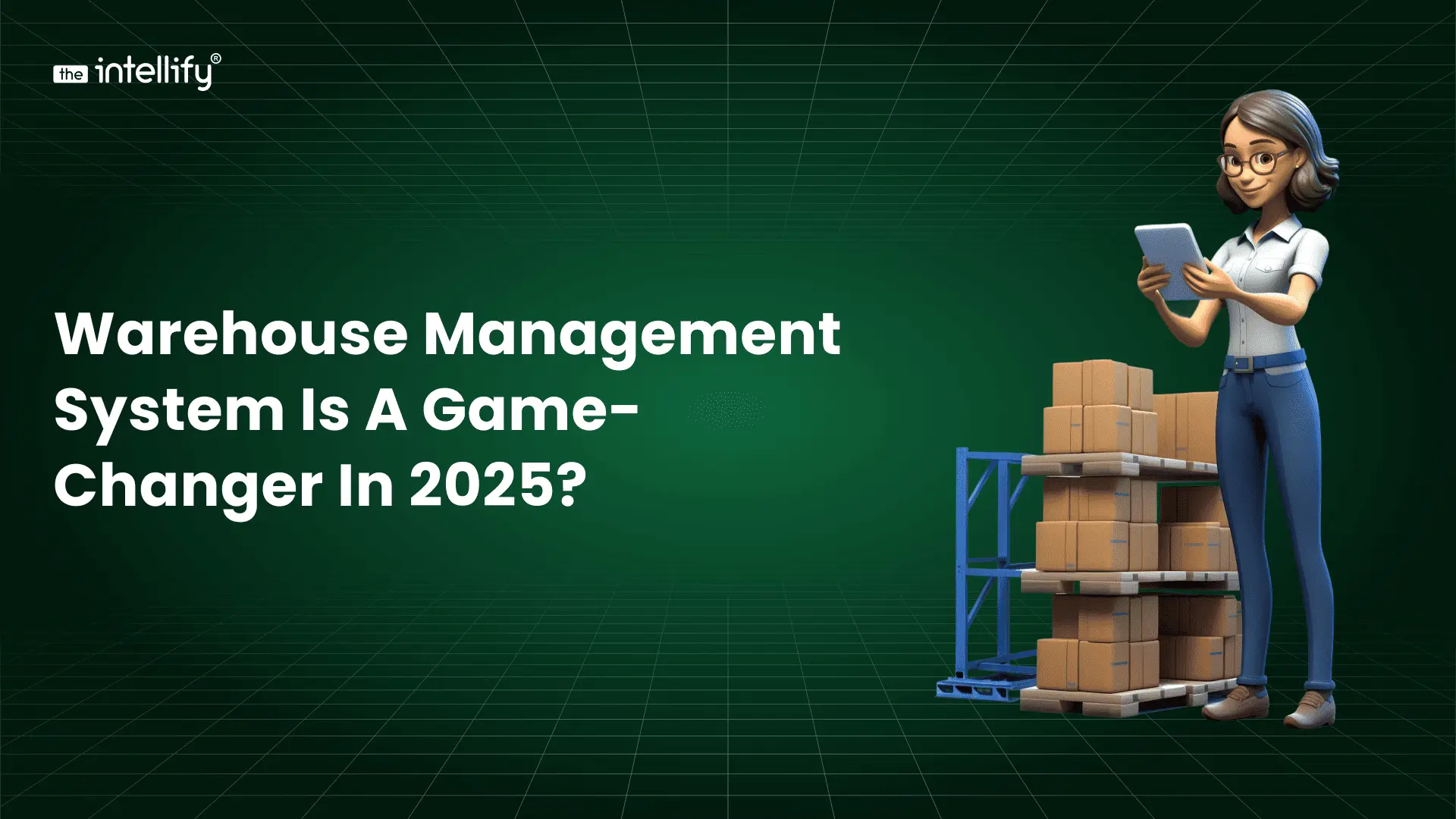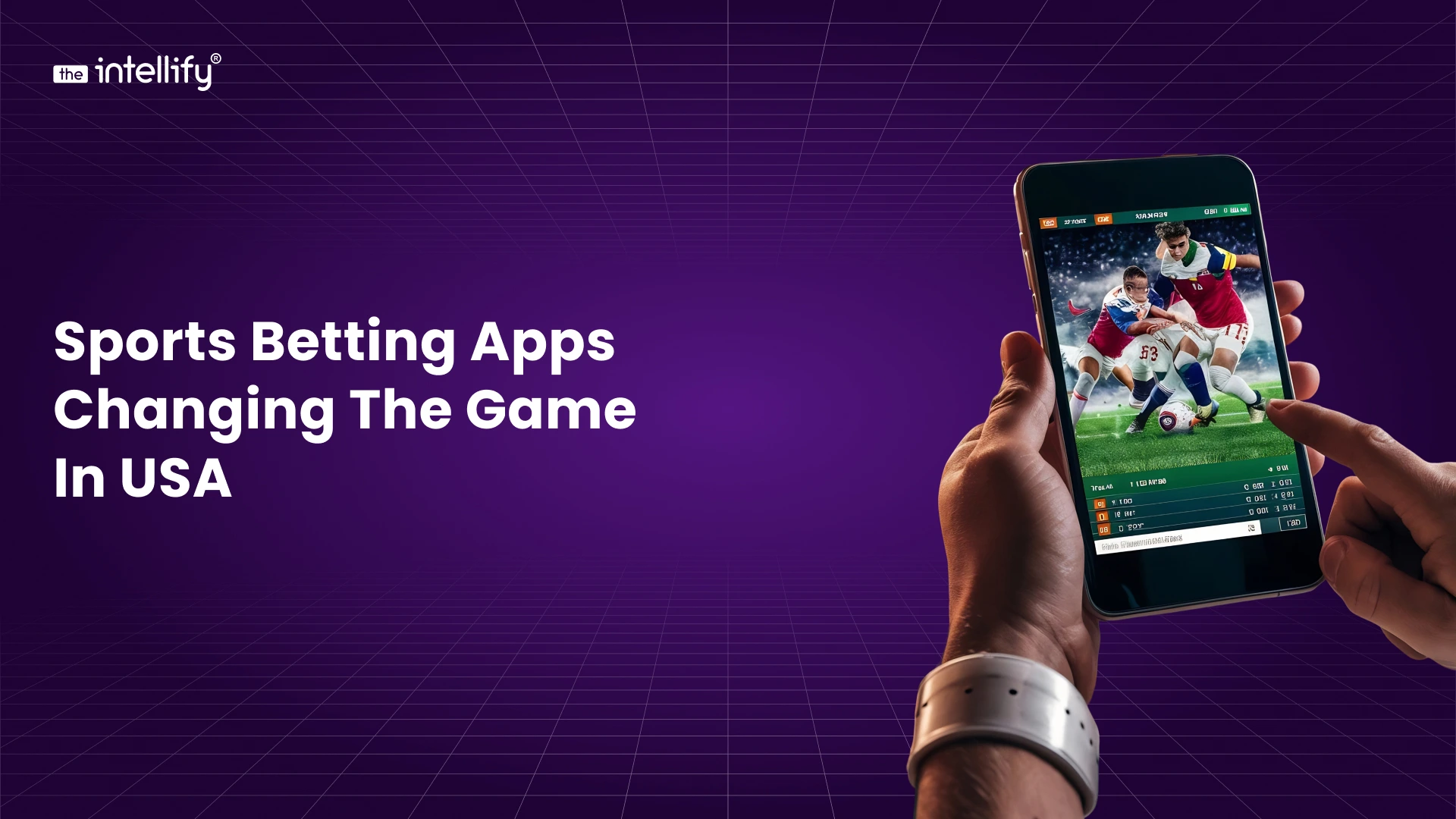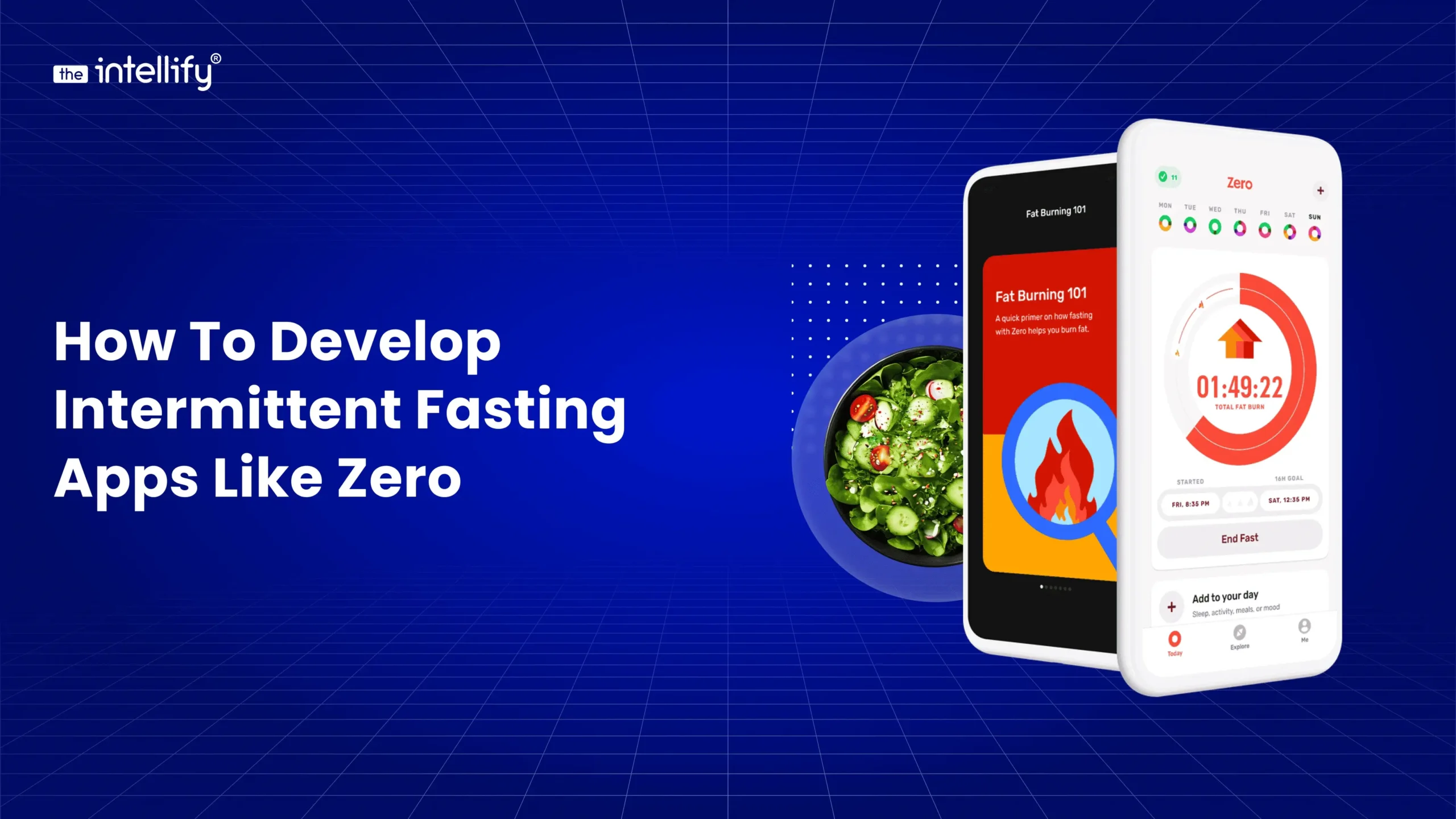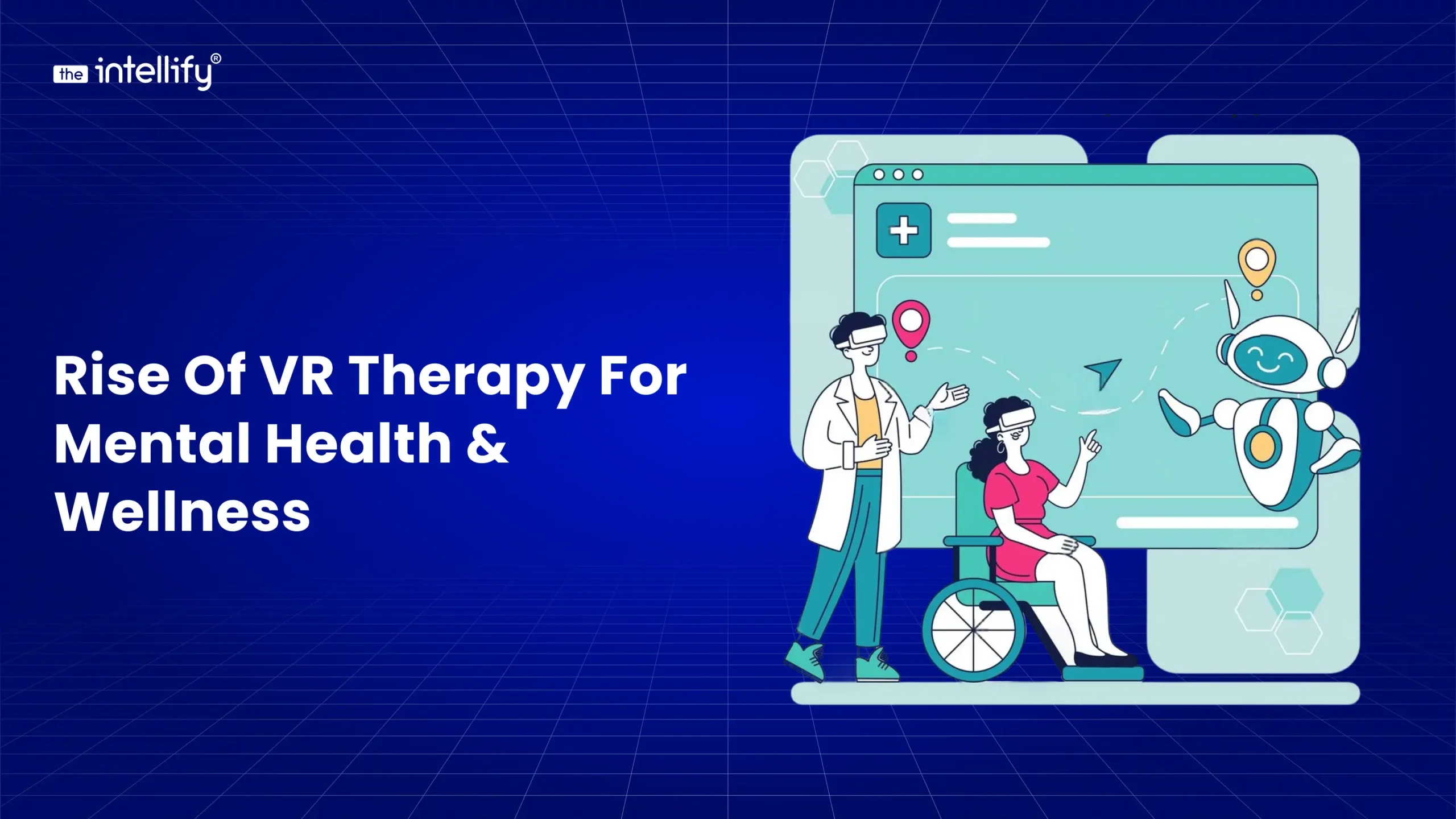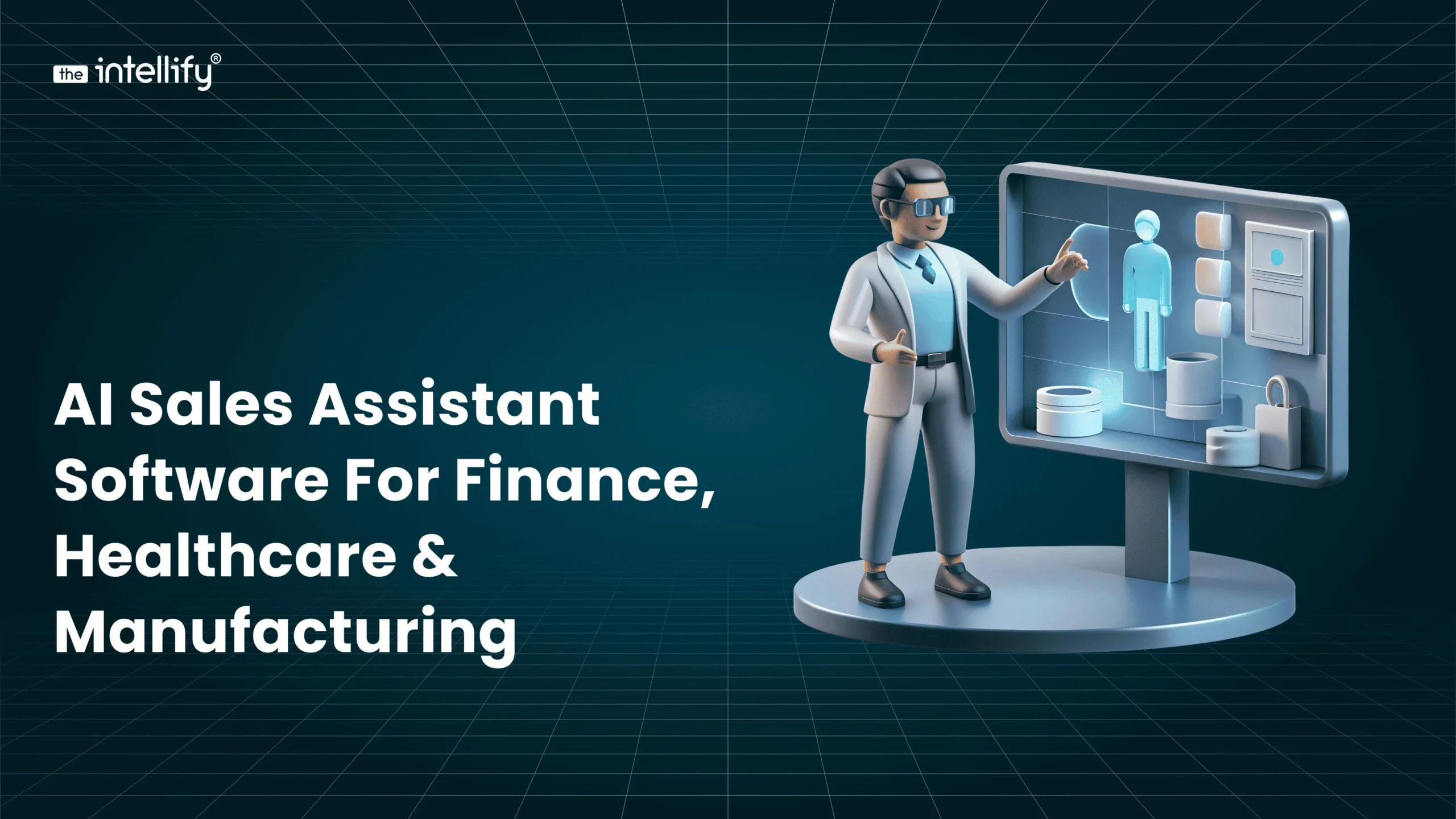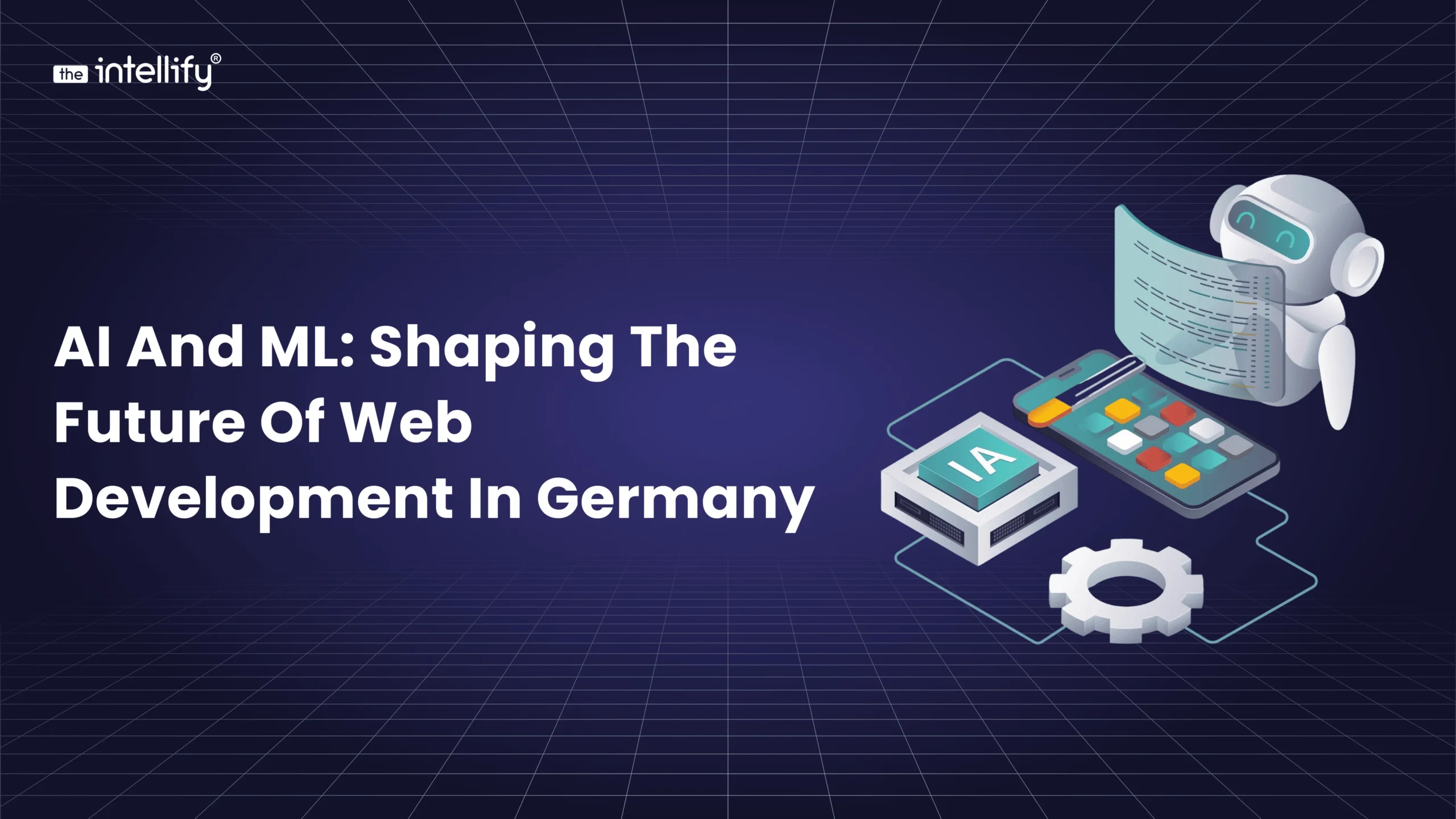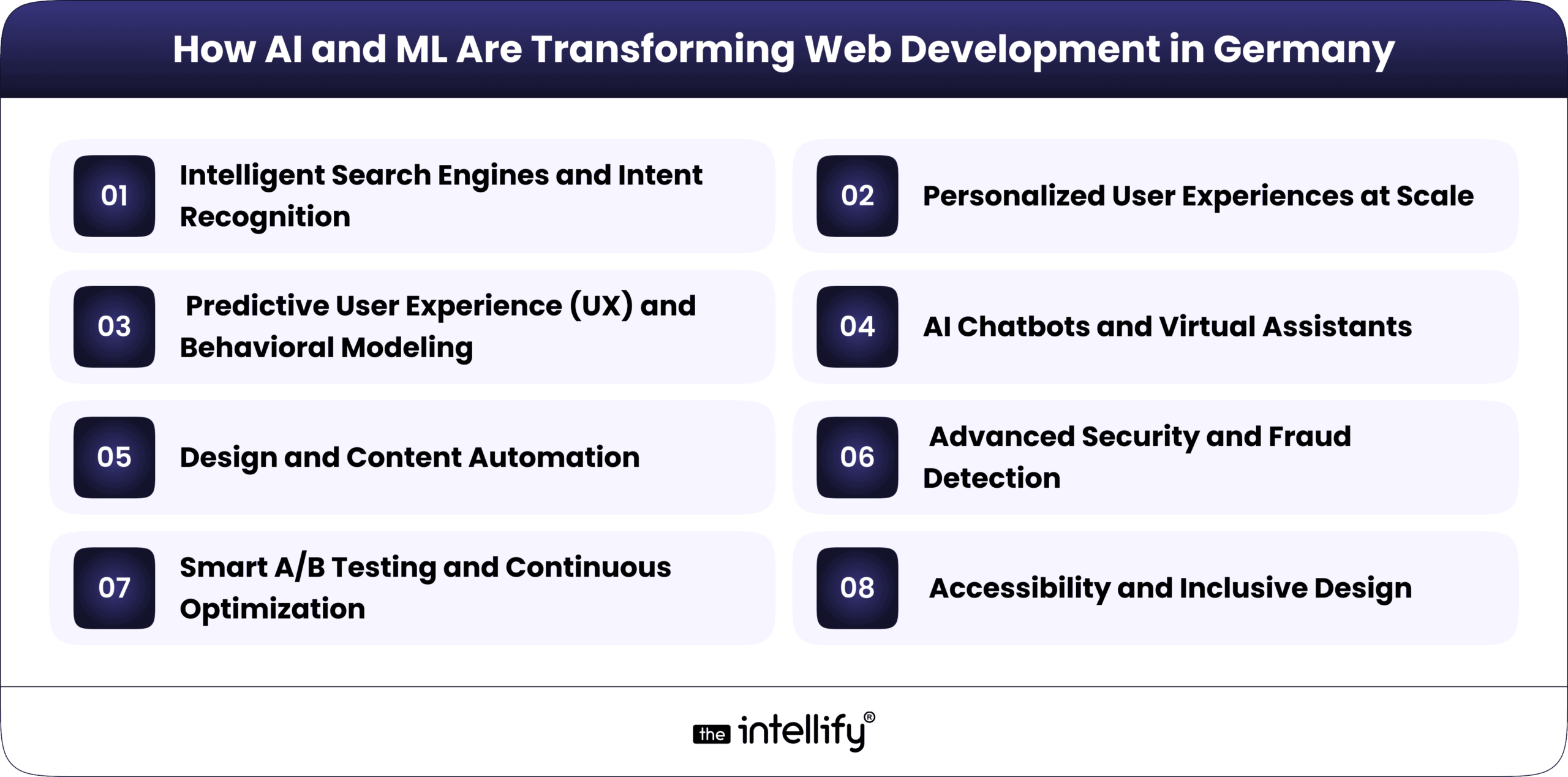The days when chatbots could only respond to simple questions are long gone. Businesses are now using conversational AI chatbots in 2025 to interact with customers and employees more intelligently and humanely. These chatbots using NLP (Natural Language Processing), ML (Machine Learning), and AI algorithms are more than helpful, they are transformational.
Along with covering the most powerful conversational AI chatbots, this blog outlines their best use cases and what competitive features a business needs to stay relevant. Furthermore, we aim to clarify several important differences such as chatbot and conversational AI, and chatbots and AI assistants for customer and employee service experiences.
What is a Conversational AI Chatbot?
Conversational AI Chatbots use cutting-edge software algorithms to replicate human dialogue at an advanced level. Unlike more traditional bots which follow a command-driven logic, conversational AI chatbots leverage NLP and ML to understand user intents and context greatly enabling interaction.
Key Capabilities:
- Understanding spoken and written slang
- Extract useful information based on previous interactions
- Issue responses from multiple platforms (websites, applications, WhatsApp, etc.)
- Perform several tasks like responding to FAQs, processing returns, handling appointments and more.
Such forms of chatbots have the ability to learn and evolve over time, which adds more value to business perspectives.
Important Features to Bear in Mind for a Conversational AI Chatbot in 2025
The best chatbots that are powered by conversational AI systems work like specialized employees because they have more integrated functions than just chatting. Below is a list of the most important ones:

1. Natural Language Understanding (NLU)
NLU enables the chatbot to capture context-dependent phrases and the users’ feelings like emotion and tone. Without such capabilities, intelligent conversations would not be possible.
2. Context Retention
Keeps logged conversation history so users’ prior inputs can be remembered and sensible replies can be given.
3. Multilingual Capabilities
Interacts with users in their native languages which aids users and expands business reach to address target audiences from all corners of the world.
4. Omnichannel Integration
Websites in addition to mobile apps, social networks, WhatsApp, and Slack are included as channels where the bots can be deployed.
5. Backend Integration
Gets linked with auxiliary management systems such as CRMs, stocks, human resource software, et cetera, to perform real time actions.
6. Personalization
Increases relevance and meaning during conversations through user profiles, activities, or past interactions.
Why are Conversational AI Chatbots Essential in 2025?

1. 24/7 Customer Support
Chatbots powered by AI are available at all times. These systems work in all time zones and can respond to users instantly improving user satisfaction.
2. Improves Employee Experience
Employees can be relieved from IT matters like password resetting and leave balance checking as these can be done by HR chatbots. More challenging and strategic roles can then be assigned to these humans.
3. Saves Money
Reducing complex queries and workflows within a business can lead to an efficient decrease in operational costs.
4. Boosts Sales
Sales Closing Conversational AI helps in product recommendations and providing checkout assistance which helps in reducing cart abandonment.
5. Delivers Consistent Standards While Scaling Up
AI chatbots have the ability to hold numerous interactions at the same time and maintain high standards of performance and quality.
Best Use Cases of AI Conversational Chatbots Across Different Industries
1. E-commerce
- Proposing items for selling.
- Order tracking.
- Handling returns and complaints.
2. Banking & Financial Services
- Fulfil requests for account related queries
- Notifications of account of suspiciously fraudulent activities
- Pre-qualification checks for loan and credit card applications
3. Healthcare
- Managing appointment booking
- Assessing possible health concerns
- Providing follow-up care post appointment
4. Travel And Hospitality
- Hotel and flight bookings
- Detailed travel planning suggestions
- Check-in and update notifications
5. Education
- Providing data and facts about the offered courses
- Assisting with the admissions procedure
- Tracking academic activities and performance of an individual
6. Human Resources and Internal Assistance
- Recruiting and training new staff
- Requests regarding organizational rules and policies
- Managing the calendar for absences and leave
Curious how a real-world AI chatbot works?
Check out how we built an intelligent AI CareBot that’s transforming patient engagement and virtual assistance in real healthcare environments.
👉 Read the AI Carebot Success Story.
AI Chatbots and Employee Experience
AI chatbots are not only changing the process of handling customers, but will also change the rest of the internal processes. Now, HR and IT departments enhance experience of employees by:
- Answering frequently asked questions perpetually and instantly
- Guide through onboarding paperwork
- Streamlining non-critical tasks like expense reimbursement, claiming expenses, or securing access to programs through robotics and other automation technologies
Support is instant and responses are provided in no time making ai chatbots greatly helpful.
Difference Between Chatbot and Conversational AI
| Feature | Conversational AI Chatbot | Rule-Based Chatbot |
|---|---|---|
| Understands Natural Language | Yes | No |
| Learns from Interactions | Yes | No |
| Handles Complex Queries | Yes | Limited |
| Context Awareness | High | None |
| Multichannel Support | Yes | Usually limited |
Understanding Basic Queries is the Limit for Rule Based Chatbots: An Explanation
A rule-based chatbot can only answer basic and straightforward questions. As opposed to a conversational AI chatbot which uses natural language processing (NLP) and machine learning to respond to nuanced questions.
Conversational AI Chatbot vs AI Assistants

At a first glance, a Conversational AI Chatbot and an AI assistant appear the same, however they significantly differ in application and functionality.
Conversational AI Chatbots:
- Text driven with voice capabilities.
- Scaled for business communication.
- Provide automation for enterprise processes and respond to thousands of queries simultaneously.
AI Assistants (For Example: Siri, Alexa):
- Voice activated and device specific.
- Personal task reminders, alarms, and music playback aid.
- One-on-one and consumer driven interactions.
Use case comparison:
| Attribute | Conversational AI Chatbot | AI Assistant |
|---|---|---|
| Target User | Customers & Employees | Individual Users |
| Scalability | High | Low |
| Primary Use | Business Support | Personal Tasks |
| Channels | Omnichannel | Limited to Devices |
In summary, while AI chatbots are aimed towards scaling business communication and service, AI Assistants focus on aiding individual users.
How To Implement a Conversational AI Chatbot
1. Identify Your Use Case
Decide if you need a chatbot for customer service, an employee helpdesk, lead generation, or other use cases.
2. Choose The Right Platform
Look for a chatbot with natural language processing (NLP) capabilities that is easy to integrate and offers customization.
3. Design The User Journey
Create intuitive and supportive conversational steps.
4. Train The Bot
Provide FAQs, pertinent documents, and chat histories to refine the AI’s understanding of the users.
5. Launch and Verify
Activate the AI Companion and evaluate specific improvements to the chatbot based on the captured performance metrics.
6. Continuous Optimization
Utilize the feedback offset against the quantifiable goals to refine the AI-driven interactions.
Conversational AI Trends to Watch in 2025
Understanding these trends will help businesses stay competitive:
Voice-Enabled Chatbots
With an increasing number of users engaging vocally, chatbots now require to respond using spoken language.
Emotion Recognition
Bots are sophisticated enough to detect the user’s mood and adapt their tone.
Personalized Conversations
Leveraging data from CRMs, bots tailor conversations based on prior interactions with the user.
Low Code/No Code Deployment
Staff without technical expertise can build and manage bots through visual editors, resulting in increased bot adoption.
AI + Analytics Integration
Businesses analyze chatbots’ customer service interactions to enhance customer experience strategies and refine business decisions.
Sector Specific Chatbots
More companies focus on developing custom chatbots for specialized sectors like healthcare, fintech, education, and logistics.
Why Choose The Intellify For Your Conversational AI Chatbot?
The Intellify focus on intelligent, secure, scalable, and customizable solutions, framing the development of conversational AIs around the user’s business model.
What You Get:
- Makes you proficient in AI development for over 10+ years
- AI Chatbots that are designed specifically for your business operations are intuitive and easy to use.
- CRMs, ERPs, and Apps are integrated with ease and require next to no effort.
- Accessible via Mobile, Web, WhatsApp, and other channels.
- Protecting your privacy and compliance policies.
Enterprise, SME, or a startup, our user-friendly and advanced algorithm sophisticated conversational AI chatbots would engage users and employees effortlessly.
Final Thoughts
By 2025, businesses need to focus on applying AI technology-powered Conversational Power Chatbots to automate and enhance customer support, internal query automation, or sales processes.
Always improving business practices today will ensure a solid competitive advantage tomorrow. In this age of rapid technological advancement, no one with access to solutions should hesitate to adopt them.
